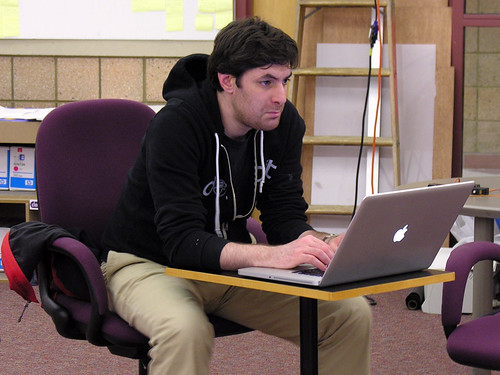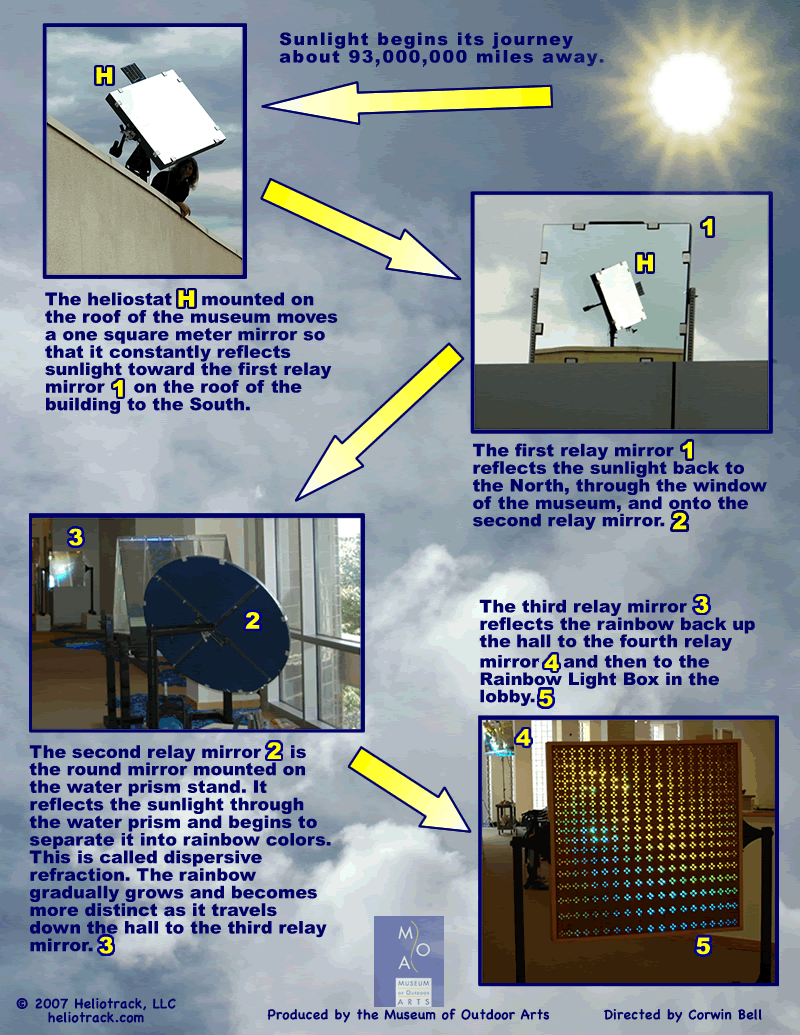Smartsurface is really an exciting experience that I will recommend my peers to take next year. Here are some suggestions for the course design next year.
1. More material engineering or energy related hands-on experience. Nanoworld may be far from reality but build some solar charging circuit will be helpful.
2. Intro to arduino tutorial can be assigned/recommended before the semester begins(in the summer). So that students have time to learn more advanced applications later in the semester.













![[schematic+of+panel.bmp]](https://blogger.googleusercontent.com/img/b/R29vZ2xl/AVvXsEhvOz16vPCYVmc9UZGHblTcv0GPu8E_zLCBQe98WMixxebXB8JiQGZlus0f-ja8A90mreR8fesrPPEPJaLtPtHs5Vu469z1zvSdpLv8okb30F1y1gLEevblAqG0YNUPEPb3z_MQwfIyhOpi/s1600/schematic+of+panel.bmp)
![[Schematic+One+Unit.bmp]](https://blogger.googleusercontent.com/img/b/R29vZ2xl/AVvXsEjWQhMdI-cQ_tUhbrPJalDgsaeZieM-dTaxrlYeApz2DMGD57mvHixj1odK4NyDUot8Z7keccsXSayNIf0HLa6po2jb2jDB3yXYI5NoUPpvMVL39wuwlPkKleaGLFKPxv2p2FrZloeOdWcj/s1600/Schematic+One+Unit.bmp)

![[Solar+Array+Large.bmp]](https://blogger.googleusercontent.com/img/b/R29vZ2xl/AVvXsEjnIXHiZM5Mj0HOAgFlKJ90J1Js6KeiqG9tbbDZxfQU1nURPuXzc9-OEhlRwg9_aAlLS5c5GIMwyFx4EAM0xU-Kn7QMVAJ_otg_5FYRP0RbGkDzQBWFNh0FTXEkMGL-6z2IDvM86acANfcI/s1600/Solar+Array+Large.bmp)




